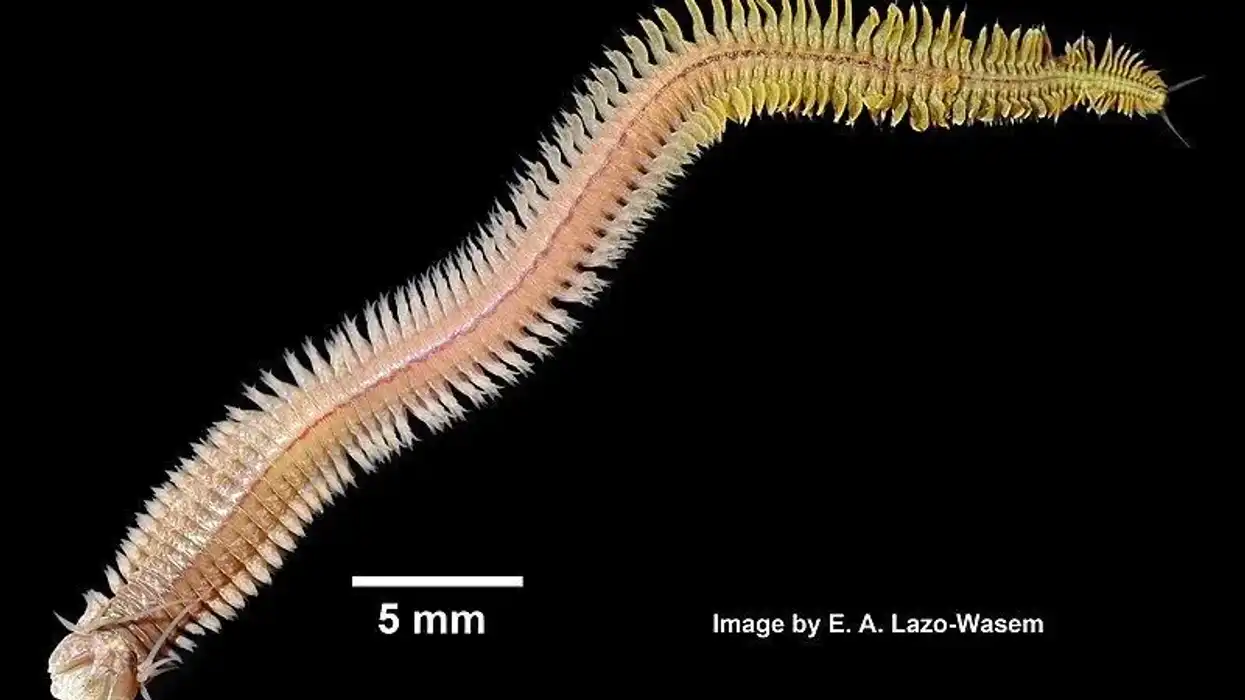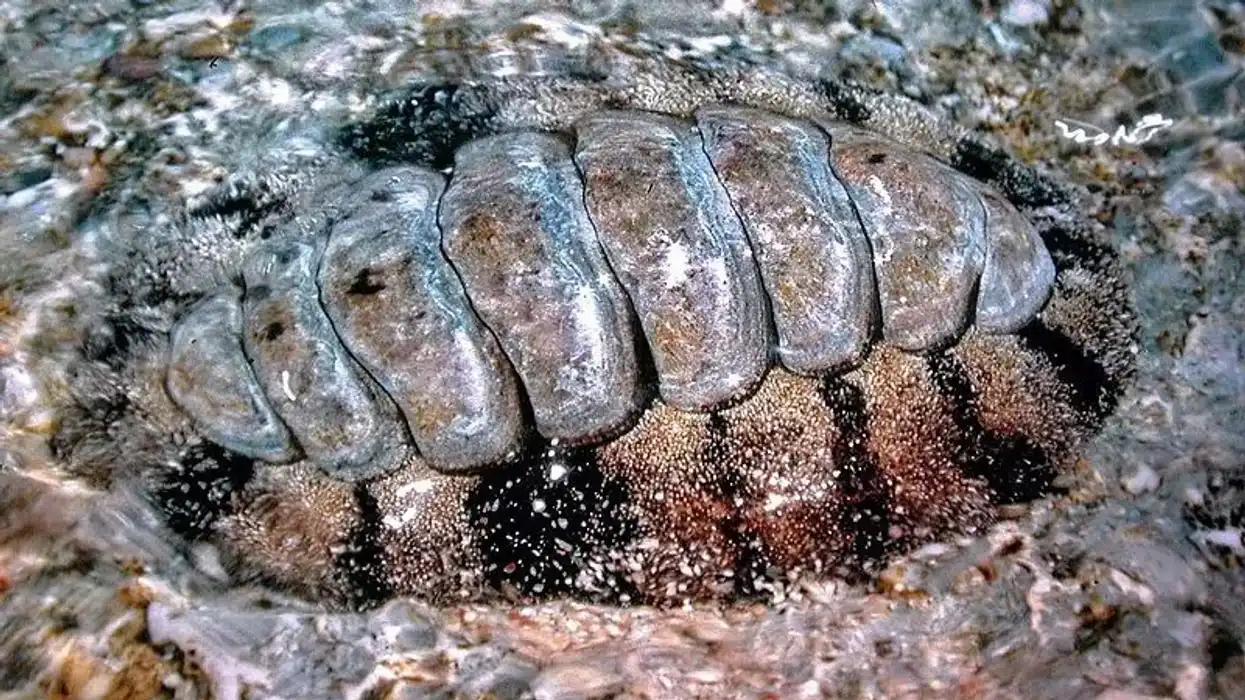Would you like to know more about these fascinating creatures?
The white shrimp, Litopenaeus setiferus, also known as Penaeus setiferus, is short-lived and is found in the Gulf of Mexico, especially in Campeche, Mexico, and in the South Atlantic Ocean along the coast of New York and Florida.
They are also known as Atlantic white shrimp, southern shrimp, common shrimp, Mayport shrimp, Daytona shrimp, green shrimp, lake shrimp, and gray shrimp.
They are considered one of the best seafood and are in huge demand all over the U.S. One of the earliest shrimp fisheries in the U.S. is based on these green shrimps.
White shrimp are omnivorous and feed on a wide variety of food like plankton, microorganisms, small fish, and also on other shrimps. They differ from pink shrimps, as white shrimps are in season during early spring and late fall, while the pink ones are in season during the cooler winter periods between spring and fall.
Read on to know more about these fascinating animals.
If you enjoyed reading about the white shrimp you will also enjoy our articles on shrimp and mantis shrimp.
White Shrimp Interesting Facts
What type of animal is a white shrimp?
A white shrimp is a species of fish, specifically a species of prawn, found in the Atlantic Ocean and the Gulf of Mexico.
What class of animal does a white shrimp belong to?
The white shrimp (Litopenaeus setiferus) belongs to the class of Malacostraca, a particular class of crustacean species.
How many white shrimps are there in the world?
There are almost 300 species of shrimp in the wild, all over the world. However, we do not know the exact population of this species.
We can assume it is on the higher side due to the huge number of eggs they lay every breeding season. This species is also not listed on the International Union for Conservation of Nature (IUCN) Red List which leads us to believe that the species' population is large and safe.
Where does a white shrimp live?
White shrimp are found in shallow waters and are found covering a vast range in the wild. They are found on the Atlantic coast of the U.S. from New York to Florida. This species is also found in the Gulf of Mexico, especially in Campeche Mexico.
What is a white shrimp's habitat?
This species is mostly found in shallow waters and prefers warm water temperatures around 37F. Their habitat is predominantly areas with muddy bottoms.
The larvae and juveniles have different habitats from the adult ones. The shrimp larvae are found in the open ocean such as in the Atlantic while the juvenile shrimps live in estuaries or the Gulf of Mexico.
Who do white shrimp live with?
While there is no specific data about the life habits of white shrimp, we can assume that they are reclusive creatures like other species of shrimps. They only come together to form large schools during the breeding season in areas such as the Atlantic Ocean or the Gulf of Mexico.
How long does a white shrimp live?
A white shrimp has a maximum lifespan of up to two years. These short-lived shrimps mostly live up to a year and are often referred to as 'annual crops'.
How do they reproduce?
The reproduction system of the white shrimp occurs through internal fertilization. They typically spawn during warmer seasons. They spawn when water temperatures rise in the Gulf of Mexico from March to September, and in South Carolina from May to September.
The female shrimp releases between 500,000 and one million eggs after mating. These eggs hatch within a short period, between 10-12 hours.
The shrimp larvae are found in the open sea, while the juveniles live in estuarine nurseries. They shift to their preferred habitat after becoming adults later on in life. The larvae survive mostly on plankton but their diet changes as they progress in life.
What is their conservation status?
The white shrimp is not listed under the International Union for Conservation of Nature(IUCN) Red List. We can assume that the population of white shrimp is thriving due to the hundreds of thousands of eggs they lay during each breeding season in the course of their lives.
White Shrimp Fun Facts
What do white shrimp look like?

The female shrimp tends to be bigger than the male shrimp. While the female is around eight in (20cm), the male has a length of seven in (18cm).
Both the male and the female have a bluish-white body with a black tail flipper, marked with yellow and green margins, and pink sides. Both the males and the females have 10 swimming legs and 10 walking legs.
These legs help them to crawl, swim, and burrow on the muddy bottom of the sea. The adult white shrimp also has long antennae which can be three times longer than its entire body.
How cute are they?
Even though they are insects of the sea, the white shrimp is cute because of its small size.
How do they communicate?
Not much is known about how white shrimp communicate. However, shrimp are known to use their sensitive antennae to chemically gauge their environment and surroundings.
How big is a white shrimp?
The male white shrimp is slightly smaller than the female shrimp. Their length ranges from 7-8 in (18-20cm). They are smaller than spot prawns which are 20 in (50.8cm) long.
How fast can a white shrimp swim?
The exact speed of the white shrimp is unknown. We can assume that they are fast as they have five pairs of tiny legs for swimming and shrimps, in general, are known as one of the fastest swimmers.
How much does a white shrimp weigh?
The exact weight of the white shrimp is not known. However, we can assume that it's near the weight of white-leg shrimps, belonging to the same family, which weigh around 1.1-1.4 oz (30-45 g).
What are the male and female names of the species?
There are no specific names for the male and female white shrimps.
What would you call a baby white shrimp?
A baby white shrimp is sometimes known as a white shrimplet, like other shrimps.
What do they eat?
The white shrimp's diet consists of several things. The juvenile and adult shrimp are omnivorous in nature and adult white shrimp consume small fish, detritus, decaying or dead organic matter, plants, and some invertebrates.
They are also known to exhibit cannibalistic behavior as they devour other shrimps. The white shrimp spawn or larvae, however, survives on a diet of plankton.
Are they poisonous?
Some people may be allergic to white shrimps but these shrimps are not poisonous to humans. They are considered delicious seafood and are harvested in large fisheries in the USA.
Eating raw shrimp is forbidden as it might lead to food poisoning. Thus, one should properly cook the shrimp before consuming it. The shrimp should have a pink or opaque color, which indicates that it is fully cooked and ready to eat.
Would they make a good pet?
The white shrimp, like other shrimps, would make a great pet. This is because they are rather easy to keep and maintain. They could be a fascinating addition to your aquarium.
Did you know...
The juvenile and adult shrimps fall prey to a wide variety of fish. The white shrimp spawn is consumed by water boatmen, sheepshead minnows, and insect larvae, while the young shrimps fall prey to blue crabs, killifish, and grass shrimps.
What is the difference between white and brown shrimp?
Brown shrimps are found in the southern North Sea, Black Sea, Mediterranean Sea, Baltic Sea, and Irish Sea, as well as in some parts off the Atlantic coast of Morocco. On the other hand, white shrimps are found on the Atlantic coast of the USA from New York to Florida.
They are also found in the Gulf of Mexico.
The white shrimp is larger than the brown shrimp. While both the white and the brown shrimp are harvested in fisheries and consumed by humans, the white ones tend to have a milder flavor as opposed to the strong, bold flavors of the brown shrimp.
Where do white shrimp come from?
White shrimp come from the waters of the South Atlantic and the Gulf of Mexico. Indigenous communities of America used to capture white shrimp and other such crustaceans with traps in North America.
European settlers, taking off from this practice, started to catch white shrimp and dry them in the sun in Louisiana, as they do to this day.
Later, Chinese immigrants, arriving during the California Gold Rush, started to harvest shrimp, marking the beginning of the American shrimp fishing industry. When overfishing led to the decline of this harvest, a penaeid white shrimp fishery on the South Atlantic and Gulf coasts replaced it and it was from this region that modern industrial shrimping harvest methods began.
Here at Kidadl, we have carefully created lots of interesting family-friendly animal facts for everyone to discover! Learn more about some other arthropods including the yellow jacket wasp and the stink bug.
You can even occupy yourself at home by drawing one of our white shrimp coloring pages.










